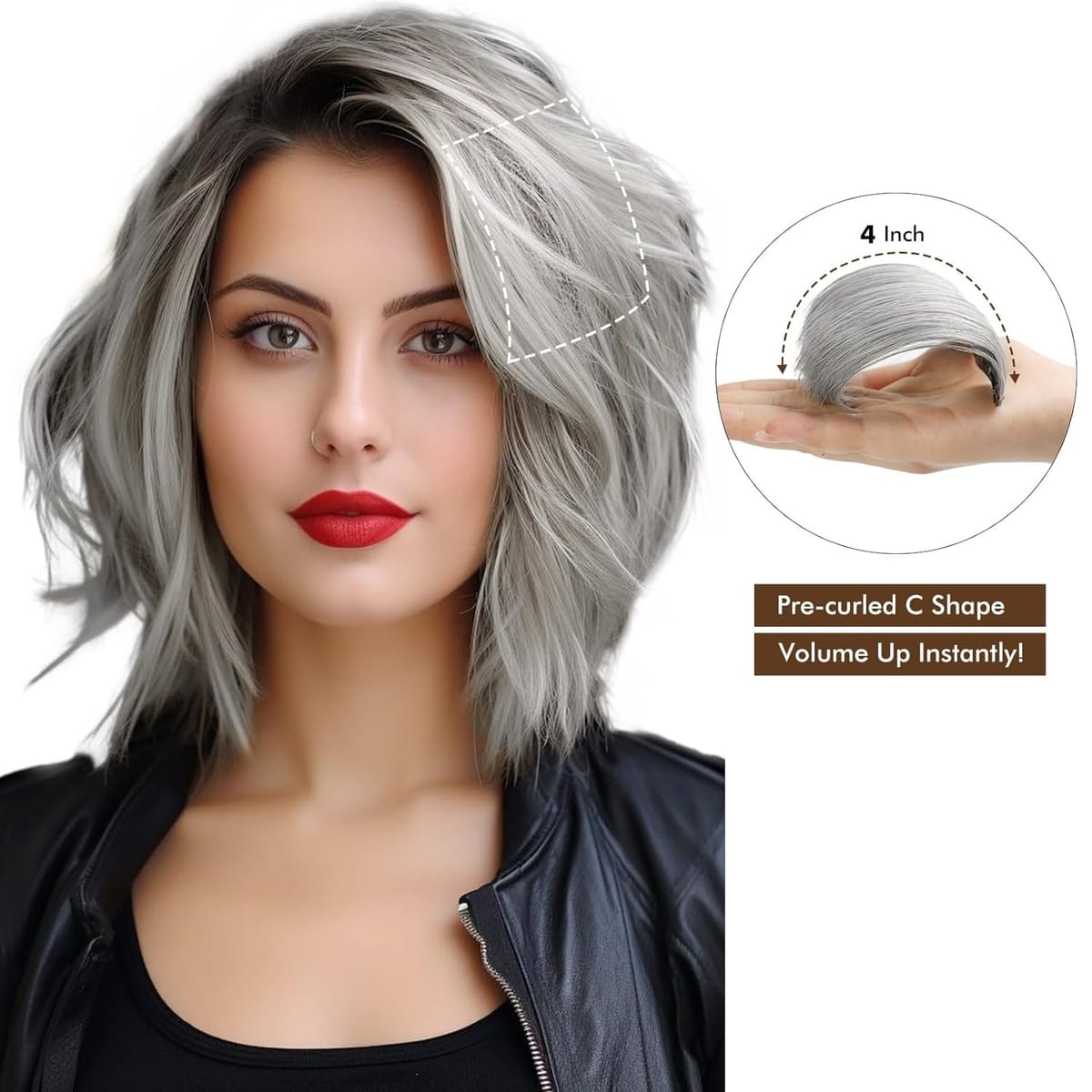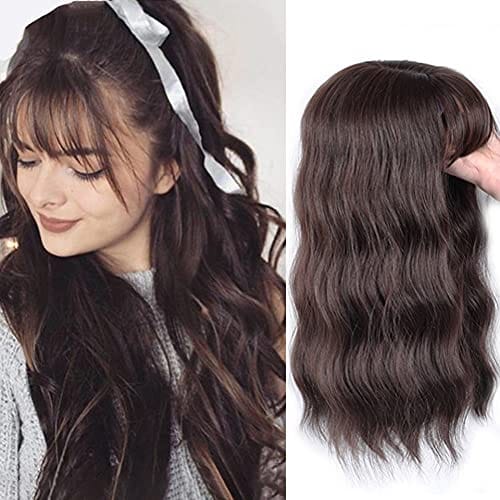Key Takeaways:
- Hair toppers can be a great solution for thinning hair if used correctly.
- Improper use of hair toppers can lead to potential risks, including further damage to natural hair.
- Understanding how to wear a hair topper properly is crucial to maintaining healthy hair.
Introduction
Hair toppers have become a popular choice for women experiencing hair loss or thinning hair. They offer an easy solution to add volume and provide coverage to thinning areas. But the question remains: are hair toppers bad for your hair? Let's dive into the details to understand the potential risks and benefits of wearing a hair topper.
What Are Hair Toppers?
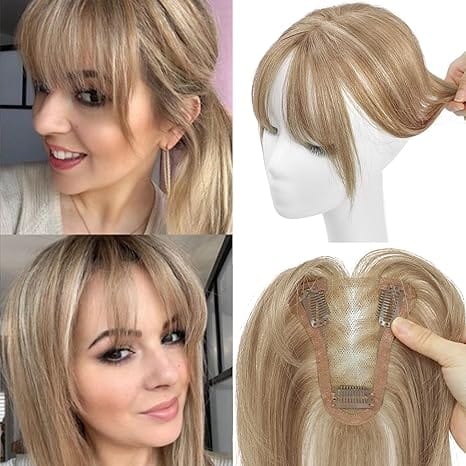
Hair toppers, also known as hair enhancers, are hairpieces designed to cover thinning areas on the scalp. Unlike full wigs that cover the whole head, hair toppers are smaller and attach to specific areas, such as the crown or hairline. They come in various styles, colors, and base sizes to match your natural hair.
People wear hair toppers to add volume and achieve a healthier look. They can be a lifesaver for those with thinning hair, providing a boost in confidence and appearance. However, it's essential to understand how to use them correctly to avoid damaging your own hair.
Potential Risks of Hair Toppers
While hair toppers can be beneficial, improper use can lead to potential risks. One of the main concerns is the constant pressure they put on the scalp and natural hair. This pressure can cause hair thinning and even bald patches if not managed properly.
Another risk is using the wrong size or attaching the topper incorrectly. A topper that is too tight or not secured properly can pull on your natural hair, leading to damaged hair and further hair loss. It's crucial to choose the right size and ensure proper application to prevent hair damage.
How to Wear a Hair Topper Properly
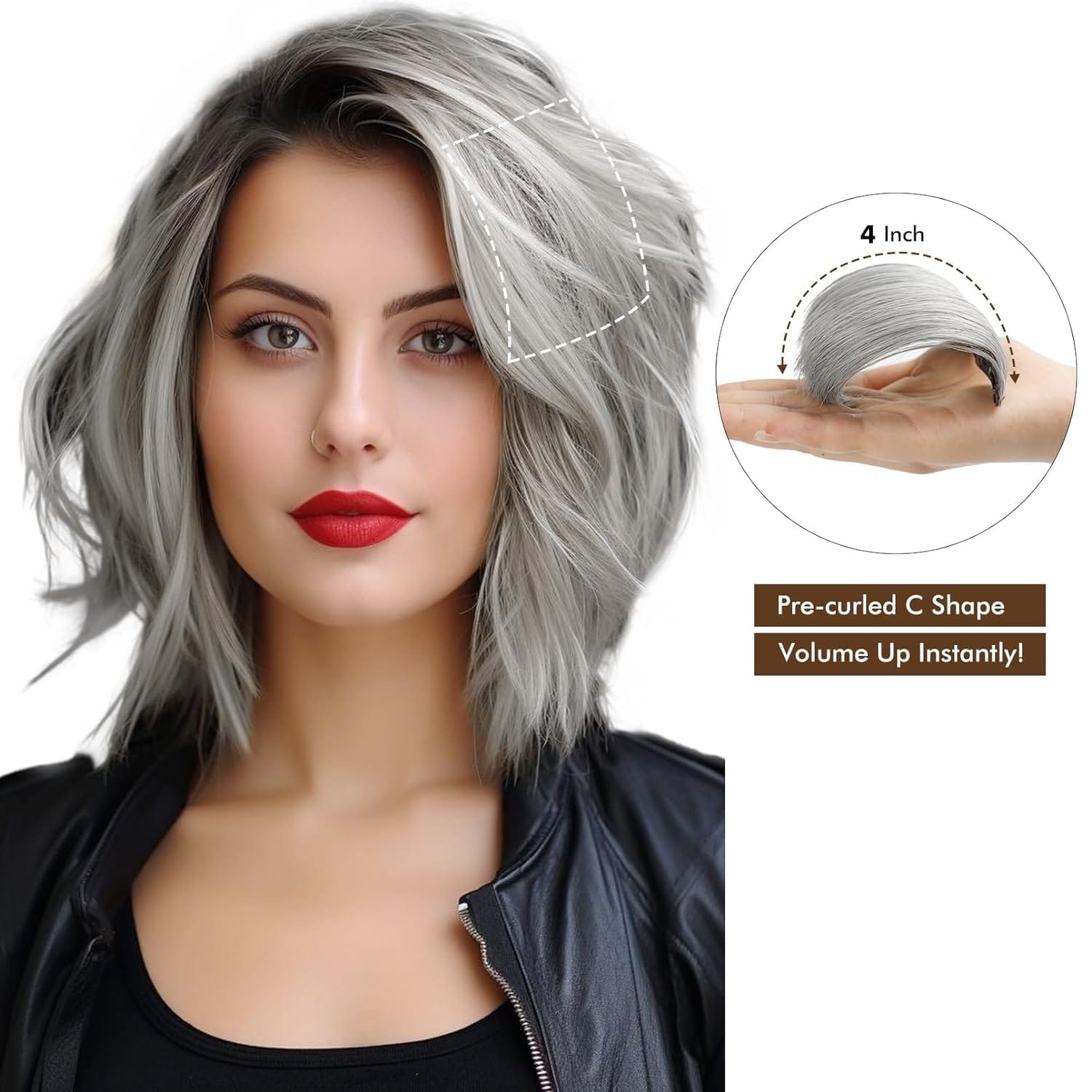
Wearing a hair topper properly is key to avoiding unnecessary pressure and potential damage. Start by selecting the right size and base for your thinning area. The base size should match the area you want to cover without putting too much stress on your natural hair.
Attach the topper using clips that are gentle on your scalp. Avoid pulling or tugging on your hair when securing the clips. Proper application ensures that the topper stays in place without causing stress to your natural hair.
Tips to Prevent Hair Damage
To prevent hair damage, avoid sleeping with your hair topper on. The constant pressure and friction can weaken your natural hair and lead to breakage. Remove the topper before bed to give your scalp and hair regular breaks.
Additionally, avoid using hair toppers that are too heavy for your natural hair. A heavy topper can put unnecessary pressure on your scalp, leading to further damage. Choose a lightweight topper that provides coverage without compromising the health of your natural hair.
Benefits of Hair Toppers
Despite the potential risks, hair toppers offer several benefits. They provide an easy solution to add volume and achieve a fuller hairstyle. For women experiencing hair loss, toppers can be a game-changer, helping them feel confident and beautiful.
Hair toppers also offer versatility in styling. You can choose from various styles and colors to match your natural hair, allowing you to experiment with different looks without committing to a permanent change.
Choosing the Right Hair Topper
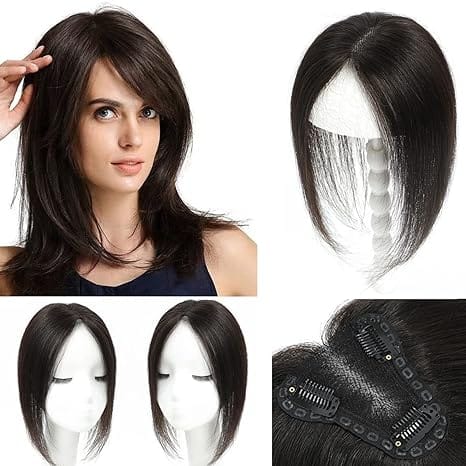
Choosing the right hair topper is crucial to ensuring a natural and comfortable fit. Consider the base size, hair color, and style that best match your natural hair. A well-matched topper will blend seamlessly with your bio hair, providing a natural appearance.
Consult with a professional if you're unsure about the right topper for you. They can help you find a topper that suits your needs and guide you on proper application techniques to avoid damaging your natural hair.
The Psychological Impact of Wearing Hair Toppers
Hair toppers can be a game-changer for those with thin hair, offering not just more volume but also a significant confidence boost. Imagine walking into a room and feeling like a million bucks because your hair looks fabulous. Many users report that wearing toppers has positively impacted their self-esteem, making them feel more attractive and confident. It's like having a secret weapon in your beauty arsenal that you can rely on whenever you need that extra oomph.
However, it's essential to be mindful of the potential psychological downsides. Some people may become overly dependent on their hair toppers, feeling insecure without them. This dependency can lead to anxiety and stress, especially in situations where wearing toppers isn't feasible. It's crucial to strike a balance and remember that while hair toppers can enhance your appearance, they shouldn't define your self-worth.
Comparing Hair Toppers and Full Wigs
When it comes to choosing between hair toppers and full wigs, the decision often boils down to personal preference and specific needs. Hair toppers are ideal for those looking to add more volume to their existing hair, seamlessly blending with natural locks. They are generally lighter and more comfortable to wear for extended periods of time, making them a popular choice for daily use. Plus, the clip mechanism ensures they stay securely in place without causing hair toppers damage.
On the other hand, full wigs offer a complete transformation, covering the entire scalp and providing a uniform look. They are perfect for individuals experiencing significant hair loss or those who want to experiment with different hairstyles without altering their natural hair. While full wigs can be a bit heavier and may require more maintenance, they offer unparalleled versatility and can be a lifesaver for special occasions or dramatic style changes.
Proper Maintenance of Hair Toppers
Maintaining your hair topper is essential to prolong its lifespan and keep it looking fresh. Regularly clean the topper according to the manufacturer's instructions to remove any buildup of products or oils.
Store your topper properly when not in use to prevent tangling and damage. Use a wig stand or a similar device to keep the topper in shape and ready for the next use.
Real-Life Experiences
Many women have shared their positive experiences with hair toppers. For instance, Jane, a 45-year-old woman experiencing hair thinning, found that wearing a hair topper gave her a new lease on life. She felt more confident and enjoyed experimenting with different hairstyles.
However, there are also cautionary tales. Sarah, another user, experienced further hair thinning because she wore a topper that was too tight and didn't give her natural hair regular breaks. Her experience highlights the importance of proper application and maintenance.
Alternatives to Hair Toppers
If you're concerned about the potential risks of hair toppers, consider alternatives such as hair extensions or full wigs. Hair extensions can add volume without covering the entire scalp, while full wigs provide complete coverage for those with significant hair loss.
Consult with a hair specialist to explore the best options for your specific needs. They can provide personalized advice and help you find a solution that enhances your appearance without compromising the health of your natural hair.
Conclusion
Hair toppers can be a fantastic solution for thinning hair, offering volume and coverage that boost confidence. However, improper use can lead to potential risks, including further damage to your natural hair. By choosing the right topper, applying it correctly, and maintaining it properly, you can enjoy the benefits without compromising your hair's health.
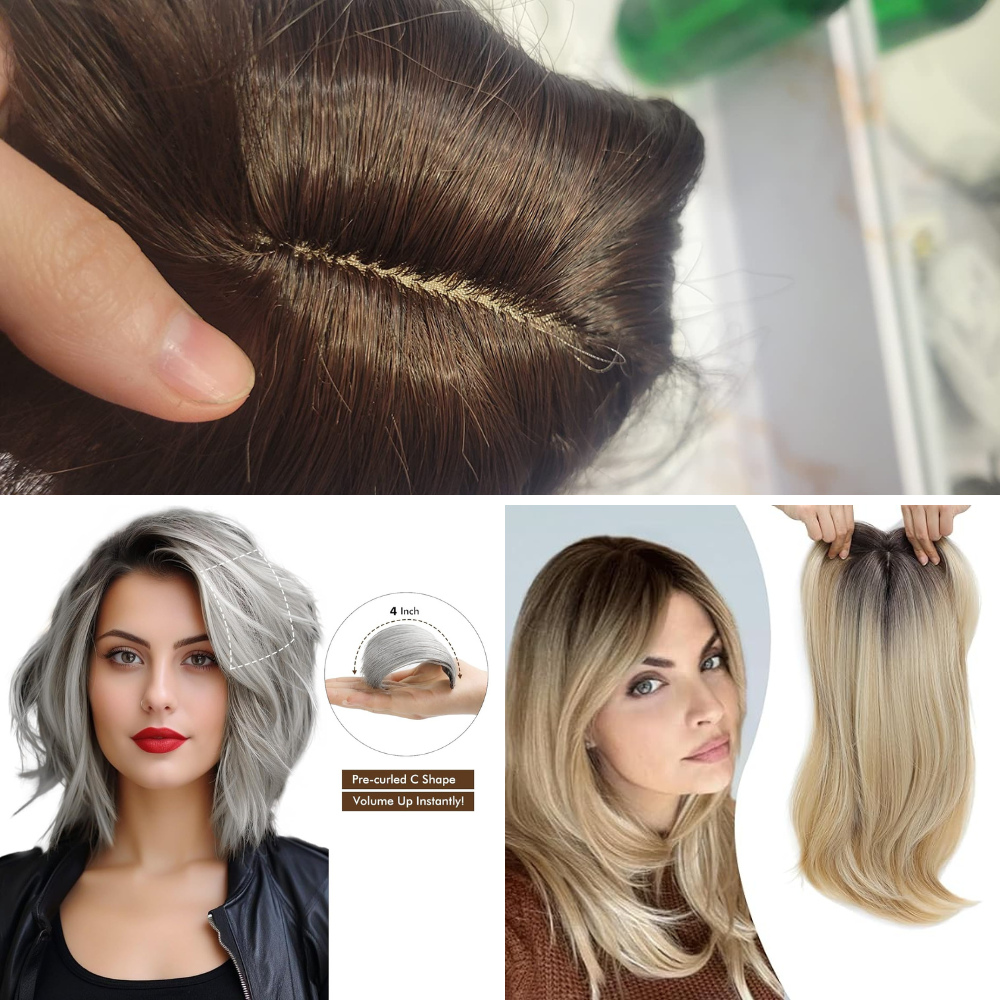

Can hair toppers cause hair thinning?
Yes, if not used correctly, hair toppers can cause hair thinning. Constant pressure and improper attachment can lead to hair damage and thinning. It's essential to choose the right size and apply the topper properly to avoid these issues.
How often should I clean my hair topper?
It's advisable to clean your hair topper regularly, depending on how often you wear it. Follow the manufacturer's instructions for cleaning to ensure the topper remains in good condition and free from product buildup.
Can I sleep with my hair topper on?
It's best to avoid sleeping with your hair topper on. The constant pressure and friction can weaken your natural hair and lead to breakage. Removing the topper before bed gives your scalp and hair regular breaks, preventing damage.

Hair toppers are a popular choice for women experiencing hair thinning or hair loss. They provide an easy solution to add volume and achieve a fuller hairstyle. However, improper use can lead to potential risks, including further damage to natural hair. Understanding how to wear a hair topper properly and choosing the right size and style are crucial to maintaining healthy hair. Regular maintenance and giving your natural hair breaks can prevent damage and ensure a positive experience with hair toppers.
